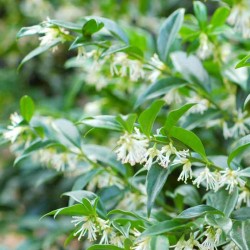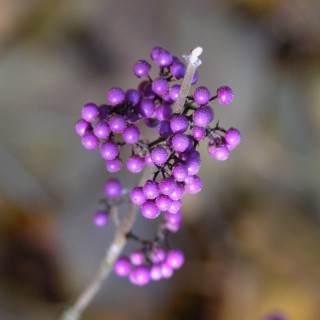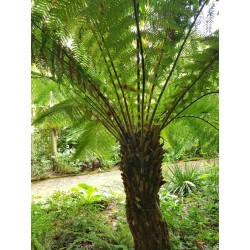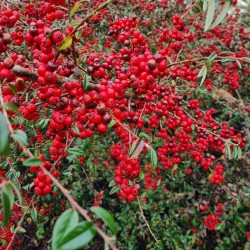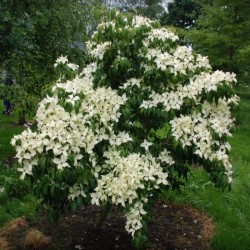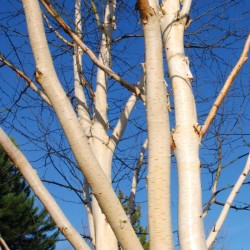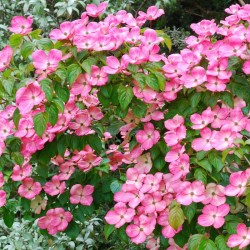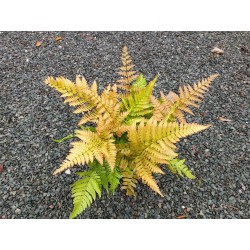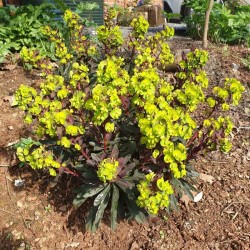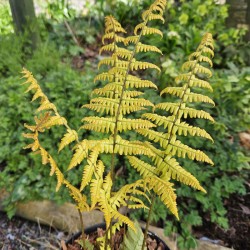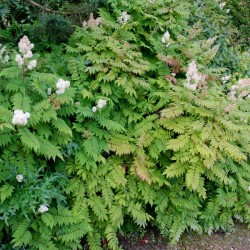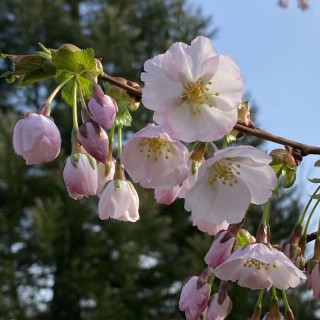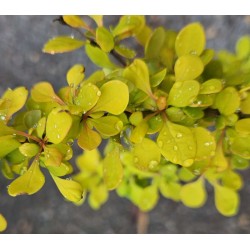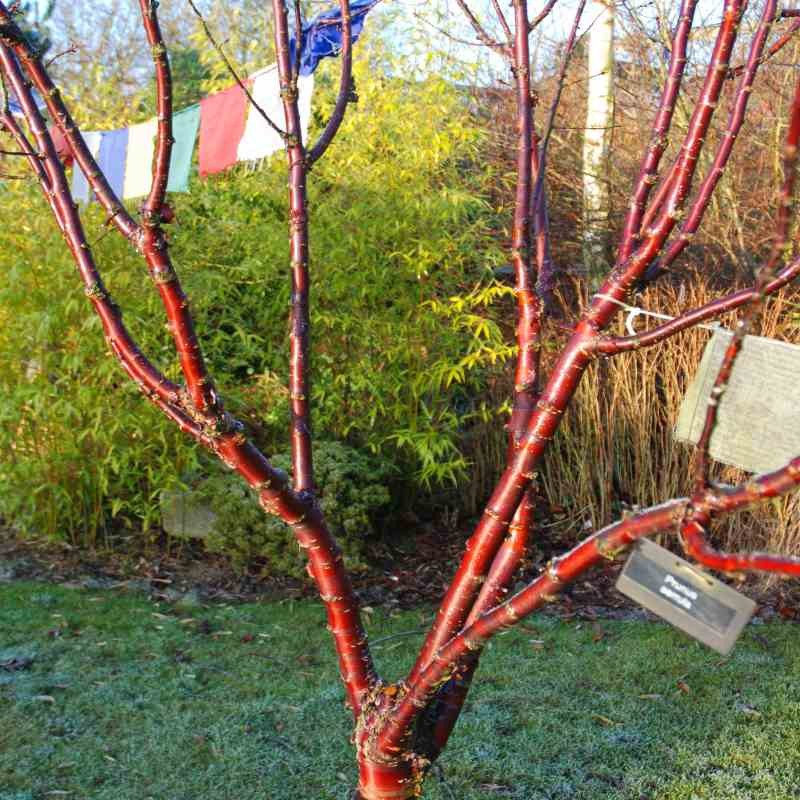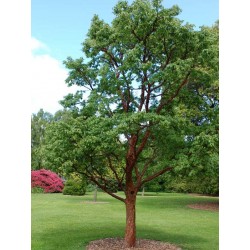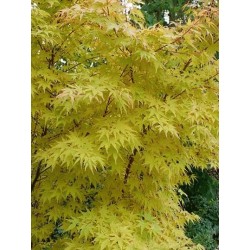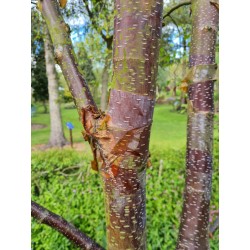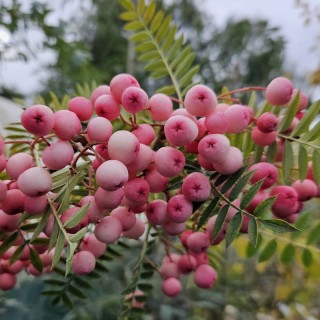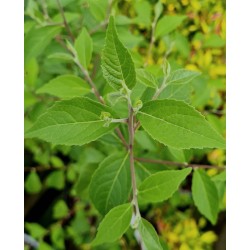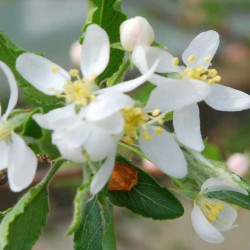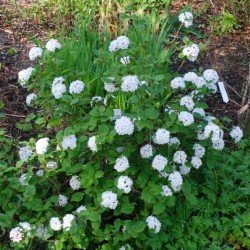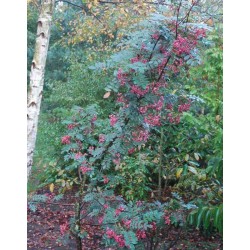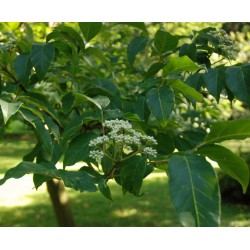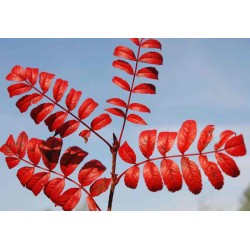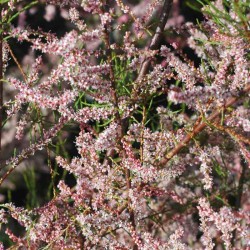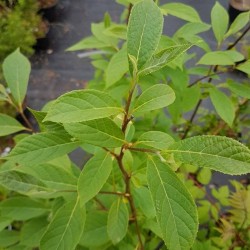- Home
- Trees & Shrubs
- Abelia
- Abeliophyllum
- Acer
- Acradenia
- Aesculus
- Ageratina
- Alnus
- Amelanchier
- Amelasorbus
- Amorpha
- Aralia
- Arbutus
- Aronia
- Asimina
- Atherosperma
- Aucuba
- Berberis
- Betula
- Brachyglottis
- Buddleja
- Buxus
- Callicarpa
- Calycanthus
- Camellia
- Caragana
- Carpinus
- Carya
- Caryopteris
- Catalpa
- Ceanothus
- Celtis
- Cephalanthus
- Ceratostigma
- Cercidiphyllum
- Cercis
- Chaenomeles
- Chimonanthus
- Chionanthus
- Chitalpa
- Choisya
- Cistus
- Cladrastis
- Clerodendrum
- Clethra
- Cleyera
- Colquhounia
- Coprosma
- Cornus
- Correa
- Corylopsis
- Corylus
- Cotinus
- Cotoneaster
- Crataegus
- Crinodendron
- Cytisus
- Daphne
- Davidia
- Decaisnea
- Desfontainia
- Deutzia
- Dichroa
- Diervilla
- Dipelta
- Dipteronia
- Disanthus
- Distylium
- Drimys
- Elaeagnus
- Eleutherococcus
- Embothrium
- Emmenopterys
- Enkianthus
- Escallonia
- Eucalyptus
- Eucryphia
- Euonymus
- Exochorda
- Fagus
- Fatsia
- Ficus
- Firmiana
- Forsythia
- Fothergilla
- Franklinia
- Fuchsia
- Garrya
- Gaultheria
- Gleditsia
- Griselinia
- Gymnocladus
- Hakea
- Halesia
- Halimodendron
- Hamamelis
- Hebe
- Hedera
- Heptacodium
- Hibiscus
- Hippophae
- Hoheria
- Holodiscus
- Hovenia
- Hydrangea
- Hypericum
- Ilex
- Illicium
- Indigofera
- Itea
- Jasminum
- Juglans
- Kalopanax
- Koelreuteria
- Kolkwitzia
- Laburnum
- Laurus
- Lavandula
- Leptospermum
- Lespedeza
- Leucothoe
- Leycesteria
- Ligustrum
- Lindera
- Liquidambar
- Liriodendron
- Lonicera
- Luma
- Maackia
- Maclura
- Maddenia
- Magnolia
- Mahoberberis
- Mahonia
- Malus
- Melliodendron
- Metrosideros
- Mitraria
- Morus
- Myrtus
- Nandina
- Neillia
- Neoshirakia
- Nothofagus
- Nyssa
- Olearia
- Osmanthus
- Ostrya
- Oxydendrum
- Ozothamnus
- Pachysandra
- Paeonia
- Parrotia
- Parrotiopsis
- Paulownia
- Perovskia
- Phellodendron
- Philadelphus
- Phillyrea
- Phormium
- Photinia
- Phymosia
- Physocarpus
- Pieris
- Pistacia
- Pittosporum
- Platanus
- Platycrater
- Poliothyrsis
- Poncirus
- Populus
- Potentilla
- Prunus
- Pseudocydonia
- Pseudopanax
- Pseudowintera
- Ptelea
- Pterocarya
- Pterostyrax
- Pyracantha
- Pyrus
- Quercus
- Rehderodendron
- Rhamnus
- Rhaphiolepis
- Rhododendron
- Rhus
- Ribes
- Robinia
- Rostrinucula
- Rubus
- Ruscus
- Salix
- Sambucus
- Sapium
- Sarcococca
- Sassafras
- Sinocalycanthus
- Skimmia
- Sophora
- Sorbaria
- Sorbus
- Spiraea
- Stachyurus
- Staphylea
- Stephanandra
- Stewartia
- Styrax
- Sycoparrotia
- Sycopsis
- Syringa
- Tamarix
- Tetracentron
- Tetradium
- Tilia
- Toona
- Trachycarpus
- Trochodendron
- Ugni
- Ulmus
- Vaccinium
- Viburnum
- Vinca
- Vitex
- Weigela
- Xanthoceras
- Zanthoxylum
- Zelkova
- Zenobia
- Conifers
- Climbers
- Herbaceous
- Acanthus
- Achillea
- Actaea
- Aegopodium
- Agapanthus
- Ajuga
- Alchemilla
- Anchusa
- Anemone
- Aralia
- Artemisia
- Arum
- Aster
- Astrantia
- Bergenia
- Brunnera
- Campanula
- Centaurea
- Cephalaria
- Crocosmia
- Dicentra
- Diplarrena
- Disporum
- Echinacea
- Epimedium
- Eryngium
- Eupatorium
- Euphorbia
- Galega
- Geranium
- Geum
- Helenium
- Helianthus
- Helleborus
- Hemerocallis
- Hemiboea
- Heuchera
- Hosta
- Inula
- Iris
- Kirengeshoma
- Kniphofia
- Lamium
- Libertia
- Ligularia
- Lysimachia
- Lythrum
- Monarda
- Nepeta
- Paeonia
- Penstemon
- Persicaria
- Phygelius
- Physalis
- Polemonium
- Pulmonaria
- Rodgersia
- Rudbeckia
- Scopolia
- Sedum
- Symphytum
- Thalictrum
- Tiarella
- Tricyrtis
- Verbena
- Veronica
- Veronicastrum
- Ferns
- Grasses
- Plant Finder (Filter Plants by size, features, etc)
- Gift Vouchers
- About us
- About our Gardens
- Delivery
- Address & Opening Times
English
GBP £
Menu
-
MenuBack
-
Trees & Shrubs
-
-
Conifers
-
-
Climbers
-
-
Herbaceous
-
-
Ferns
-
-
-
-
-
2-1
-
-
-
Grasses
-
- Gift Cards
-
Gift Ideas
-
-
-
Gift Ideas
-
-
-
Christmas Inspiration
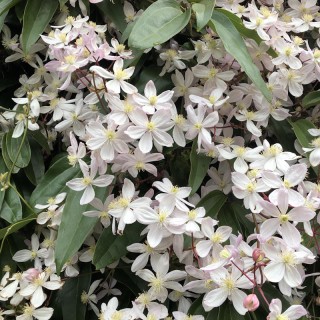 Clematis armandii 'Apple... Supplied Size-2 litre deep pot (2-3 years old, 60-80 cm tall)£29.95
Clematis armandii 'Apple... Supplied Size-2 litre deep pot (2-3 years old, 60-80 cm tall)£29.95- New
-
-
-
Christmas Inspiration
-
-
Special Offer - 5% off orders over £30 & 10% off orders over £60
Special Offer - 5% off orders over £30
& 10% off orders over £60
Prunus serrula
In Stock
£65.00
(Tibetan Cherry) An unusual cherry, Prunus serrula is renowned for its polished, mahogany brown bark which is evident even on young specimens and very smooth to the touch.
Delivery Options (click for details)
Standard Delivery* - £7.95
Delivery within 3 - 4 working days for ANY number of plants.
Free standard delivery for orders over £150
Priority Delivery - £15
Order packed and sent ASAP for delivery within 1 - 2 working days
Priority Delivery can be selected during checkout.
Due to the time it takes to prepare & pack plants this option is only available for orders under £200.
Collect from Nursery - 5% discount
Discount is applied when 'Collect from Nursery' is selected during checkout
*Surcharges apply for deliveries to Northern Scotland & Islands. Click here for details.
An unusual cherry, Prunus serrula is renowned for its polished, mahogany brown bark which is evident even on young specimens and very smooth to the touch. It has narrow, willow-like, dark green leaves unlike any other cherry and casts only light shade. In spring each year sporadic white flowers appear on the branches.
Prunus serrula is a wonderful garden tree which gives a jaw-dropping winter display!
- Position: Full sun or partial shade.
- Soil: Any fertile soil.
- Hardiness: Hardy.
- Flowering Period: May.
- Flower Colour: White
- Rate of Growth: Moderate.
- Habit: Prunus serrula grows to be a small or eventually a medium sized tree with a rounded crown once established.
- Height: 10 m (32 ft)
- Spread: 10 m (32 ft)
- Notes: Prunus are known for their vigorous root systems and should not be planted over drains or close to house foundations. This plant was formerly called Prunus tibetica.
Further Information
This species was introduced to Britain in 1908 by Ernest Wilson from a collection in Western Szechuan, and in 1913 George Forrest introduced another clone from Yunnan. It flourishes in the Tibetan border areas with Western China.
Happy in sandy or clay soils, either acid or chalky the Tibetan cherry will flourish in all parts of Britain. Although the flowers and autumn colours are not as spectacular as other cherries, this beautiful small tree quickly develops lovely, tactile, mahogany coloured polished bark for which it has become famous.
Like the beautiful white barked Himalayan Birches, it benefits from an annual scrub and hose down with clean water. This occasional treatment can transform specimens in urban areas where they may gradually become soiled with grime.
The Tibetan prayer flags shown in the photo are attached to the branches of a Prunus serrula in our own gardens. They are hung in huge numbers throughout Tibet on trees, rocks and houses. Occasionally even yaks have prayer flags attached to them!
The Tibetan word for prayer flag is Lung ta which literally translates as 'wind horse'. The prayers written on the flags drift up to Buddha. Blue flags signify the sky, white flags represent air, red flags are for fire, green flags for water and yellow flags for earth.
Extract from an information poster in our arboretum
- How Much Sun
- Full Sun, Light Shade
- Eventual Size
- Tree - Small (4m - 8m), Tree - Medium (8m - 15m)
- Growing Conditions
- Soil: Alkaline, Soil: Acid, Soil: Not Fussy
- Special Features
- Ornamental Bark
21 Items
Similar plants






















